So it's about time I gave you an update on my #citizenscience journey on Hive with @lemouth and the rest of the incredible @StemSocial community! As my interest in the project rises, it appears that it is already bringing out the particle physicist in me:). With this project, I've gained a greater grasp of how to use the command line. MG5aMC software
I'll dive right into how I went about recreating collisions like the ones that are currently taking place at CERN's Large Hadron Collider. The goal of each of these collisions is to prepare a pair of top quarks (i.e., one top quark and one antitop quark). I'll tell you where I ran into fairly simple problems and how I got out of them so that newbies perhaps won't have to go through the same ordeal!
-> TASK 1 - Top-antitop production at the LHC
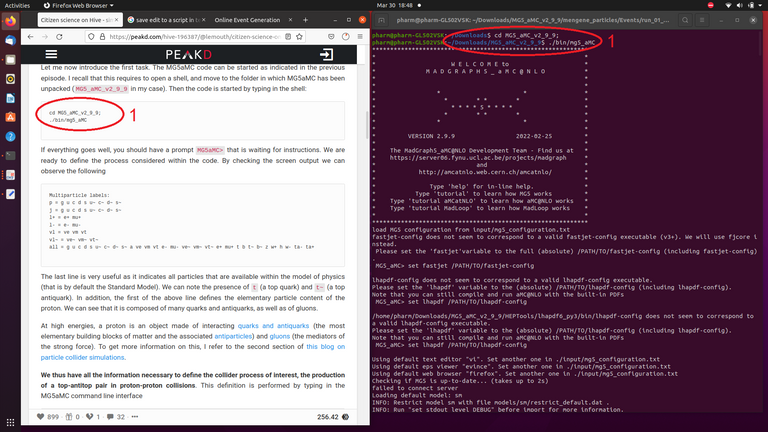
-1: I opened a shell, and moved to the folder in which my MG5aMC has been previously unpacked (i.e. Downloads in my own case). Then I started the code is as shown above
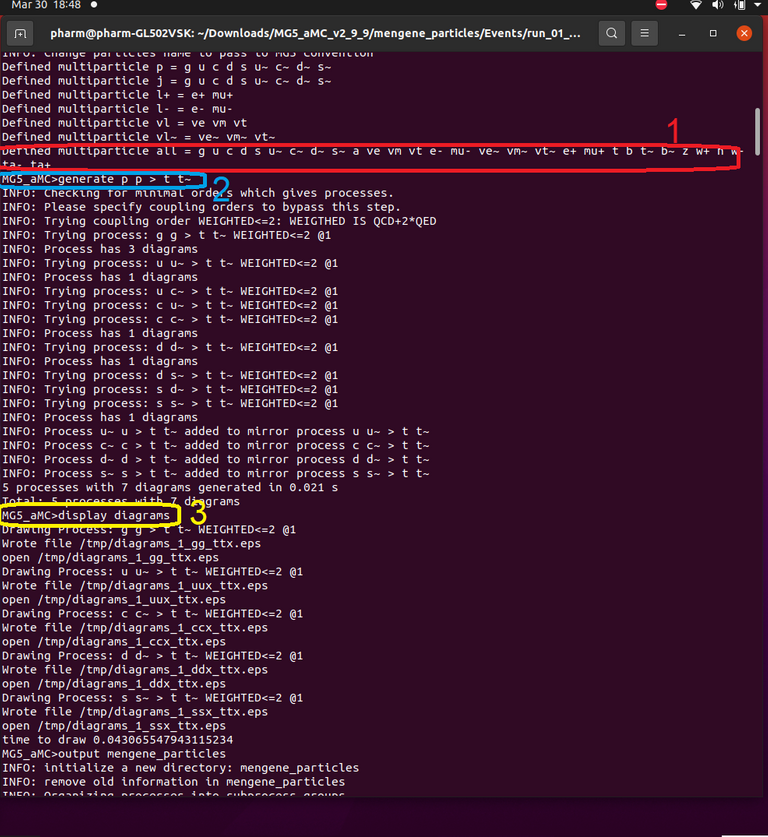
-1: I confirmed the availability of all particles within the Standard model.
-2: I defined the collider process we are interested in simulating via the production of a top-antitop pair in proton-proton collisions.
-3: This line allowed me to see the various options available to produce a top-antitop pair at colliders such as the LHC, from different initial states. I share 2 diagrams that drew my interest below next
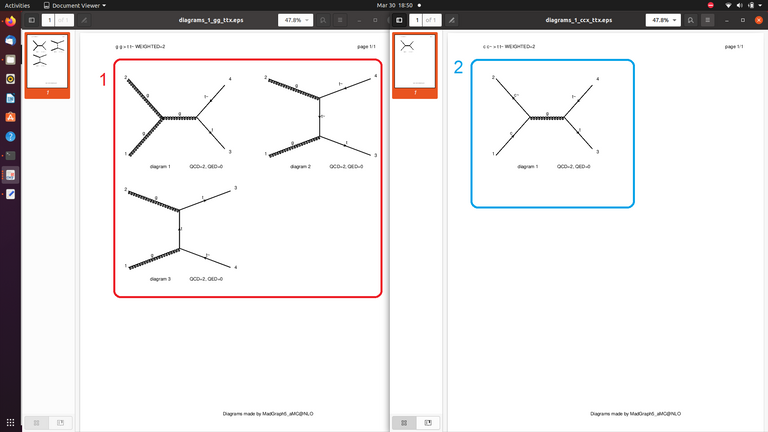
-1: Generated 3 diagrams for g g > t t~
-2: Generated 1 diagram for c c > t t~~
I noted that g g > t t~ was the only possible instance that generated 3 diagrams, i am hoping @lemouth could help explain why this particular instance yielded more than one diagram, which is quite different from the other instances. In addititon, does it mean that if the equation were to be derived from this particular instance would it take just one of the diagrams or it would factor in the other two diagrams during the equation generation process.
-> TASK 2: Run a Fortran code for top-antitop production at the LHC
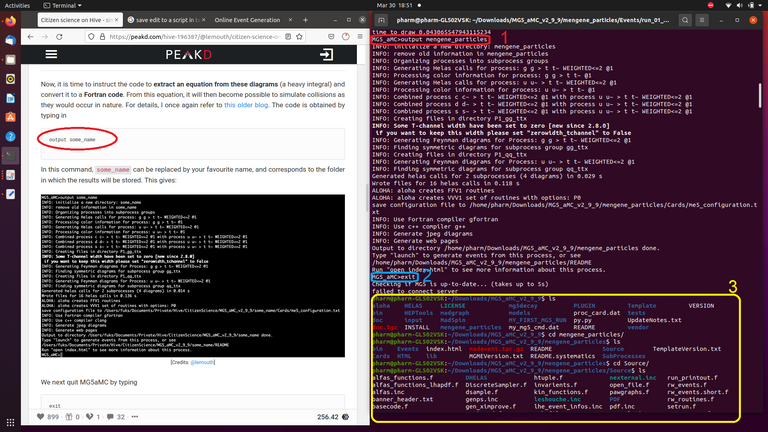
-1 : I instructed the code to extract an equation from these diagrams and convert it to a Fortran code. As stated earlier, this equation will be used to simulate collisions as they would occur in nature.
-2 : I then exited the code
-3 : Being my curious self, I tried to mimic what @lemouth did in the screenshot below, and I managed to open the 'maxparticles.inc' file with a text editor. I share the content of the file in the next picture below
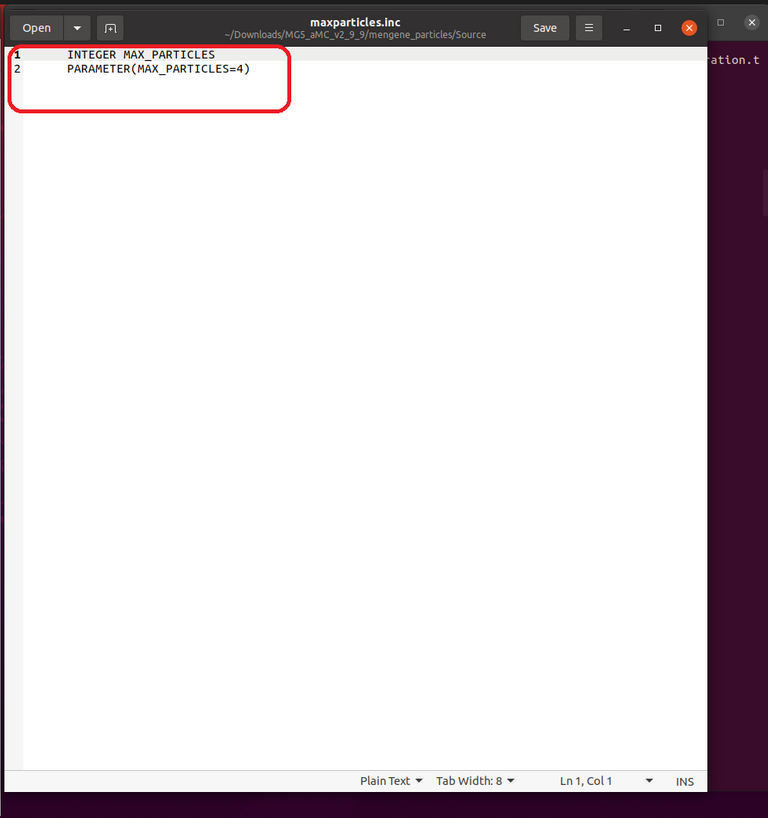
-> TASK 3 : Computing the rate to top-antitop production at the LHC
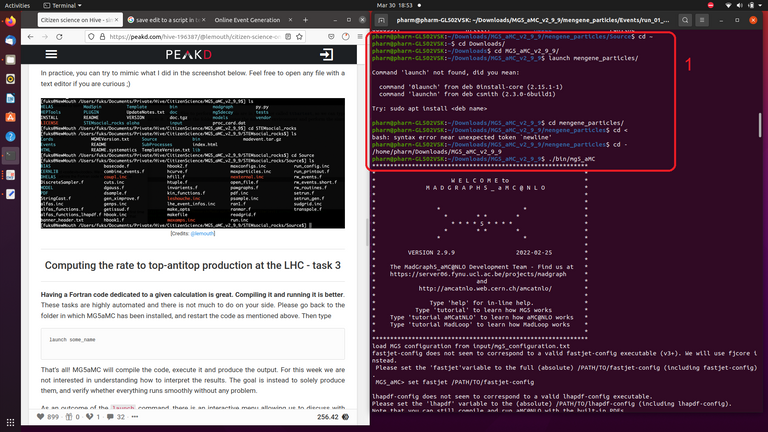
->I tried to Compile the FORTRAN code and run it
-1 : I got the command error because i didn't go back to the folder in which MG5aMC had been installed, and restart the code. Soon as i did the right thing, i was back on track
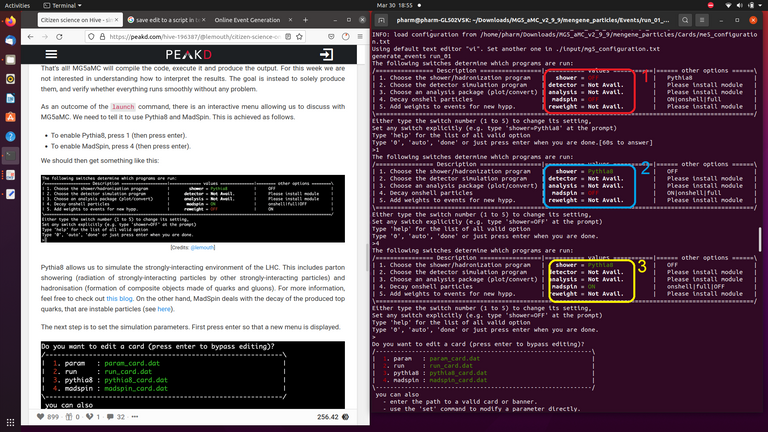
-1 : An interactive menu pops up as a result of running the launch code
-2 : I enabled Pythia8, by pressing 1 , and then 'enter'
-3 : I enabled MadSpin, by pressing 4 , and then 'enter
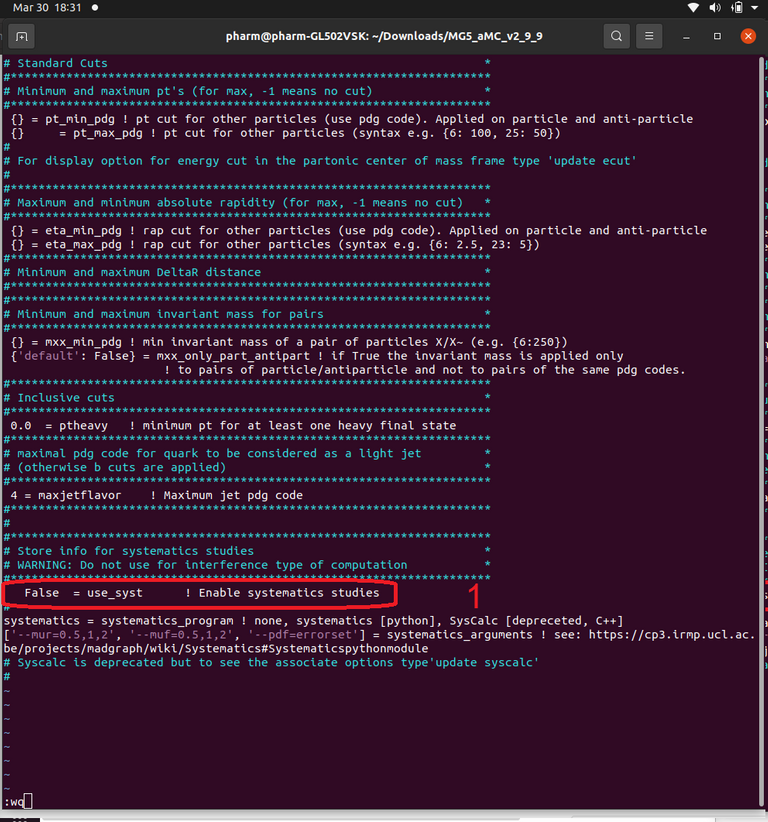
-> I then had to set the simulation parameters.
-1 : I got around editing this line by pressing 2 and enter to open the run_card, then i typed 'i' to insert and make and edit to the file. After which i navigated to the line with the command and changed it from True to False. To save the edit and exit back to the Mag5amc code, i typed in ':wq'

-> I started the simulation and got the number (505.8 ± 0.8033 pb) corresponds to the production rate of a top-antitop pair at the LHC. Pretty close to @lemouth's!
TASK 4 : Checking that everything is ok
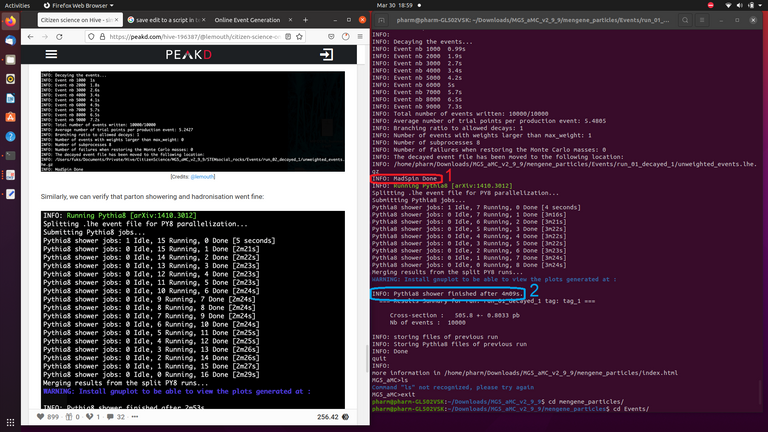
-1 : I verified that MadSpin handled the decay of the produced top quarks and antiquarks as expected
-2 : I verified that pythia8 showering and hadronisation went fine
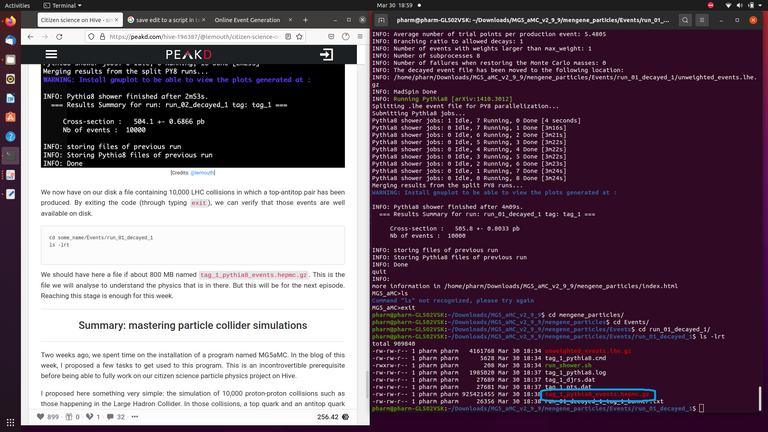
-> I located the file named tag_1_pythia8_events.hepmc.gz just where it ought to be.
And yes! This brings us to the end of the progress report for this week from my end here. It's been quite an eventful evening of particle physics for me, and I already look forward to the next phase of this project.
Have a good one buddies!
Note: All pictures in the blog were generated by my very self!
Posted from HypeTurf


